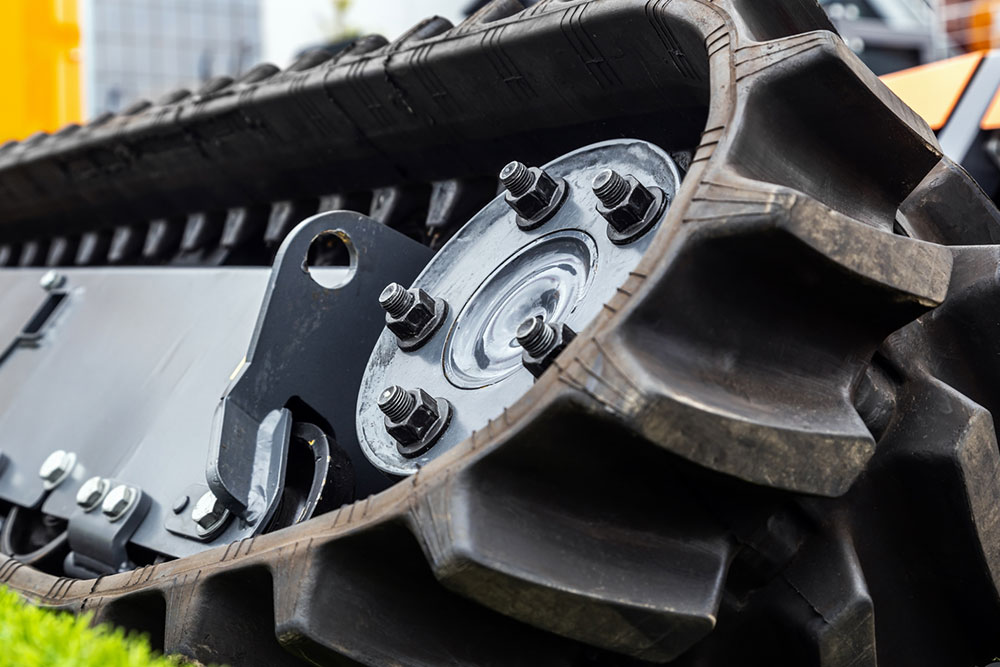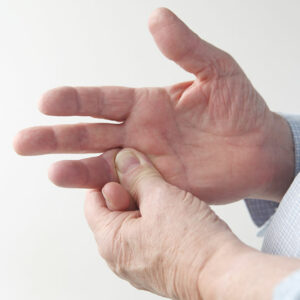4 key details about rubber tracks

As the name implies, rubber tracks are tire-like belts that provide traction to machine stability, low ground pressure, high floatation, and a smooth ride to movable compact equipment. There are a variety of rubber tracks that cover a wide range of uses. One should know specific key details about tracks to choose the right kind of track for equipment. Here are some details about the types, uses, and other aspects of replacement rubber tracks:
Uses of rubber tracks
Here are some of the applications of rubber tracks:
To move compact construction equipment
One of the uses of rubber tracks includes the installation and movement of equipment such as skid steers, compact track loaders (CTL), multi-terrain loaders (MTL), and mini-excavators. Tracks are used to increase such machines’ mobility and help stabilize their movement over any terrain.
To mobilize aerial platforms and manlifts
Aerial platforms and manlifts, often known as boom lifts or scissor lifts, use tracks to stabilize their movement in undulated spaces and surfaces. These tracks help maintain the safety and functionality of such systems on wet, uneven ground and hard surfaces. One of the primary uses of rubber tracks is reducing the amount of swing and imbalance when such platforms are elevated from ground level to a higher level. The stability provided by rubber tracks helps optimize aerial movement and off-road movement for compact movable machinery.
Replacement rubber tracks are used to upgrade the tracks that may have worn out after years of use or have undergone damage due to specific work operations. Replacement tracks are necessary to keep critical business and engineering operations running smoothly, even when old rubber tracks are transitioned into newer ones for compact machinery.
Features of typical rubber tracks
Some of the well-known features of rubber tracks include:
Durability
Rubber tracks are built from incredibly resilient materials. This makes them immune to damage in the short term. Over time, as the resilience of the tracks wears off and becomes thin, replacing them is the right course of action.
Traction
As rubber is the predominant component of tracks, they provide a firm grip on all kinds of surfaces, including wet and slimy ones. Their traction helps machines reach undulated surfaces, high platforms, and skid-prone terrain without sliding and damaging the track. Heavy equipment needs grip to move under challenging surfaces, and rubber tracks provide that immeasurably.
Flexibility
If tracks were rigid, they would not be able to move through different surfaces as effortlessly as they do now. The flexibility of rubber tracks makes them adaptable to a wide range of terrain and places.
Types of rubber tracks
There are many kinds of rubber tracks one could buy. Some of the common ones include:
- Excavator tires
- Rubber tracks
- Straight bar tread
- Rubber track pads
- Tread pattern
- Crawler carrier tracks
- Zig-zag tread
- Continuous tracks
- Staggered block tread
Steps to replace rubber tracks
Here is the process of getting the task of replacing rubber tracks right:
- Lift the machine
- Empty the grease cylinder
- Remove the old, worn-out track
- Check the undercarriage parts
- Replace the sprocket
- Install the new track
- Refill the grease cylinder
- Check the new track performance



